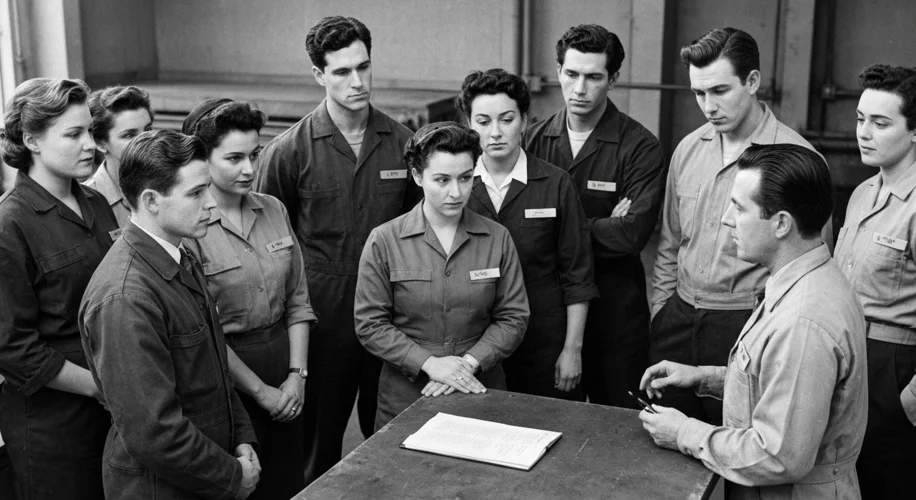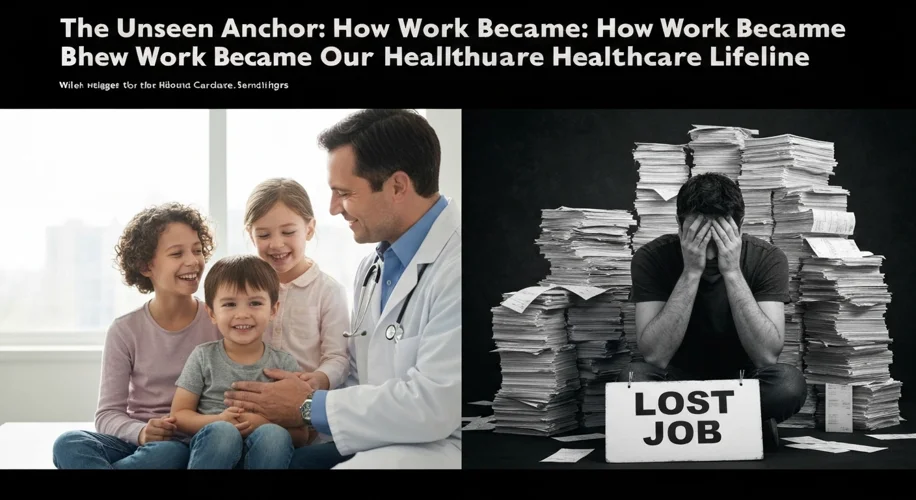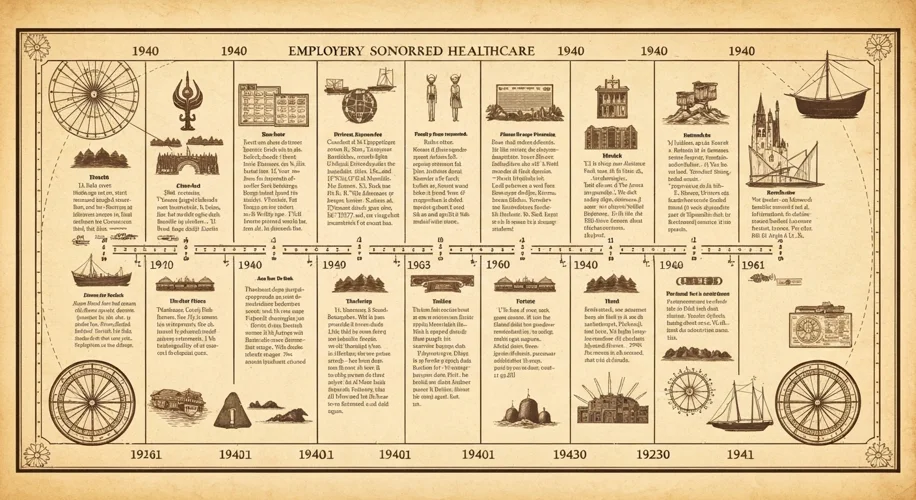Imagine a time, not so long ago, when the very idea of your health insurance being tied to your job would seem bizarre. Yet, this is precisely the peculiar historical path the United States has carved, creating an “unseen anchor” that connects our well-being to our employment. It’s a system born not of medical necessity, but of economic circumstance and shrewd political maneuvering, a legacy we grapple with daily.
Our story begins in the shadow of the Great Depression and World War II. The nation was mobilizing, and its workforce was critical. As soldiers marched off to fight, industries scrambled for labor. To attract and retain workers, particularly in essential war industries, employers began offering a new kind of incentive: health benefits. This was a radical departure from the norm, where healthcare was largely a private, out-of-pocket expense, often beyond the reach of ordinary Americans.
The post-war era saw this nascent trend blossom. The US government, eager to stimulate the economy and keep labor disputes at bay, inadvertently cemented this link. In 1943, the Internal Revenue Service declared that employer-provided health insurance premiums were tax-deductible. This was a game-changer. Suddenly, offering health benefits became a massive financial advantage for companies, making it a powerful tool for recruitment and retention. It was a win-win, or so it seemed: businesses got a tax break, and employees received a valuable benefit without it being counted as taxable income.

Meanwhile, powerful labor unions were emerging as champions for the working class. They fought fiercely for better wages, safer working conditions, and, crucially, comprehensive healthcare coverage. For unions, employer-sponsored health insurance became a significant bargaining chip. Winning such benefits meant tangible improvements in the lives of their members, offering a sense of security in an increasingly complex industrial world. The United Auto Workers (UAW), for instance, secured landmark health insurance agreements with major automakers like Ford and General Motors in the post-war years, setting a precedent that rippled through countless industries.
This burgeoning system, however, began to reveal its inherent vulnerabilities. As the decades rolled on, the economic landscape shifted. The rise of the service economy, the decline of manufacturing, and the increasing precarity of employment meant that millions found themselves outside the traditional employer-sponsored model. Freelancers, gig workers, and those in small businesses often struggled to access affordable, quality healthcare. The system, once a perceived benefit, began to feel like a gilded cage. If you lost your job, you often lost your health insurance, a terrifying prospect in a country where medical debt is a leading cause of bankruptcy.
The consequences of this historical trajectory are profound and continue to shape American society. The link between employment and healthcare has created a dual system: those with stable, full-time jobs often enjoy comprehensive coverage, while others face a precarious existence, navigating complex marketplaces or relying on government programs that may not always meet their needs. This has exacerbated health disparities, with lower-income individuals and minority groups disproportionately affected by lack of access to care.
Moreover, this system can stifle economic dynamism. The fear of losing health insurance can discourage entrepreneurship and job mobility. Individuals may stay in jobs they dislike, simply to maintain their coverage, rather than taking the risk to start a business or pursue a more fulfilling career. The “job lock” phenomenon is a direct byproduct of this intertwined system.

From a historical perspective, the embedding of healthcare within employment was a pragmatic solution to the challenges of its time. It was a way to provide a crucial safety net during an era of rapid industrialization and economic growth. However, as society and the economy have evolved, this historical anchor has become an increasingly ill-fitting constraint. The debates around healthcare reform in the United States, from the Affordable Care Act to ongoing discussions about universal coverage, are, in many ways, attempts to loosen or break free from this deeply entrenched historical link. Understanding its origins is not merely an academic exercise; it is essential to grasping the complexities and the persistent challenges of healthcare in America today.
The legacy of those post-war policies and union negotiations continues to shape our lives in ways we often don’t even realize. It’s a reminder that the systems we inherit are not immutable, but rather the product of choices made, compromises struck, and circumstances that can, over time, become both a foundation and a formidable barrier.

Categories: American History, Economic History, Social History
Tags: Employer-Sponsored Healthcare, Post-War Economy, Labor Unions, Healthcare Policy
Seo Title: History of Healthcare Tied to Employment in the US
Seo Focus Keyphrase: Healthcare Tied to Employment in the US
Seo Meta Description: Uncover the historical origins of linking US healthcare benefits to employment, exploring the roles of unions and post-WWII economic policies in shaping this system.

